50 Years with Ferraris
Photographer Neill Bruce’s Story of a Lifetime Working with Maranello Concessionaires
by Neill Bruce
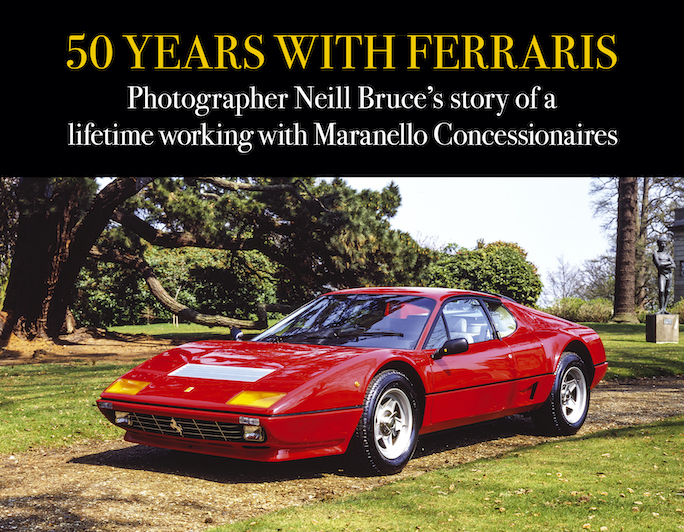
“My first commission for Maranello Concessionaires came in October 1971. Shaun Bealey called me over to Tower Garage and showed me a photo of the latest model, the 365 GTS/4 ‘Daytona Spider’. All he had been sent by the factory was a yellowing Polaroid print and I remember him saying, ‘How are we supposed to sell a £10,000 car from this?’ There was just one such car in the country, a black one belonging to Robert Michaels, who very kindly agreed to bring it to Tower Garage to be photographed.”
You could spend, right now, in a certain gallery, over $1000 on a ca. 1980 Ferrari poster by Neill Bruce that shows seven cars. Or you could spend $60 on this book and see over 200 images. The point here is that this British photographer has become an established figure, hardly something he would have imagined when he left school mid-1960, without a plan but “keen on taking photographs” and in possession of a gifted 1950s twin-lens Rolleiflex.
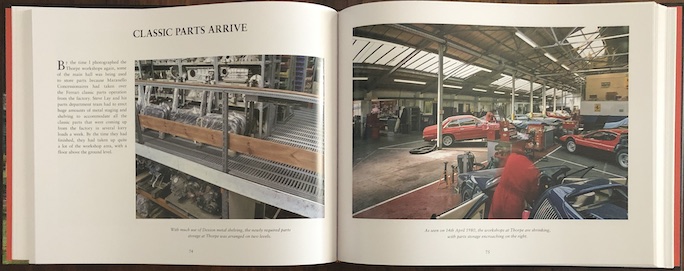
The book is obviously full of car photos but you could see those anywhere. What makes the book different is photos like these that are unique to a specific place and time and of things not accessible to outsiders. When Ferrari shuttered its classic parts operation they shipped them to Maranello Concessionaires by the truckload.
Semi-retired nowadays, he tends to his various photo archives (Ferrari, Frazer Nash, McLaren; several others have passed into the custody of other entities) but, and this makes the reference to “lifetime” in the subtitle true, he’s still involved with the successor company to Maranello Concessionaires which trades these days as Maranello Classic Parts, still the only official Ferrari classic parts distributor in the world.
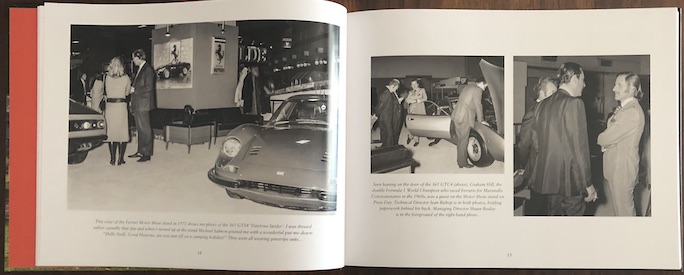
The 1971 London Motor Show. The poster on the wall (left page) is the car referenced in the intro quote. It looks rectangular here but the text describes it as a “four-foot-square.”
And on the right page, hey, that’s Graham Hill (in the light suit)! You can gauge how big a deal Maranello Concessionaires’ racing team was by the fact that the two-time F1 World Champion drove for them.
Among the several Ferrari dealer and trader memoirs that have appeared in recent years this one adds two new motifs to the tapestry: the type of work a commercial photographer does for or on behalf of a dealership, and the goings-on at Ferrari’s UK importer/distributor (including, for instance, photos of cars and components for Type Approval). Motorsports enthusiasts may well recall that it had been Mike Hawthorn, Britain’s first F1 World Champion (1958, after which he retired) who had parlayed his Scuderia Ferrari connections into representing the marque in the UK through his Tourist Trophy Garage operation that already sold Jaguar, Riley, and Fiat. If he hadn’t been killed in a crash within months of retiring, there may not have been a reason or opportunity for one Colonel (Royal Artillery) R.J. “Ronnie” Hoare to make his case to Maranello to appoint him a proper concessionaire: getting allocations of new Ferraris, factory-trained technicians, warranty work, and spare parts (which, in the case of Maranello Concessionaires, would come to include parts manufactured to their order from factory drawings).
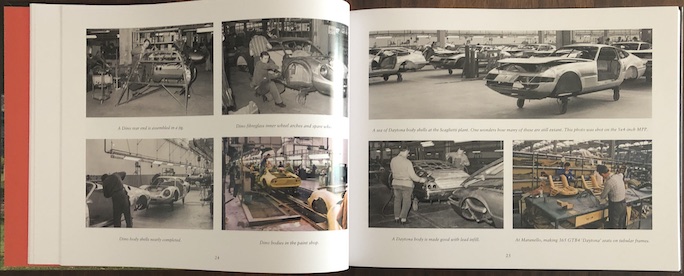
Inside the Ferrari factory and at Scaglietti.
Bruce’s book references many incidental bits in the Maranello Concessionaires story but not in any organized or exhaustive way as that is not his primary purpose. (Since Hoare had once run his own F2 team, United Racing Stable, Maranello Concessionaires too campaigned cars, notably pocketing a 1966 class win at Le Mans and finishing eighth overall. For more on that you’d have to dig up a 2018 feature Doug Nye wrote for the Goodwood website, excerpted from his 1980 book.)
As the quote above makes clear, and hard as it is to imagine considering that the Colonel had been open for business already a decade and used a PR agency, advertising was a slipshod affair in those days. No disrespect intended: that Bruce’s photos made a favorable impression on Hoare et al says more about either the quality of work of other photographers or the prices they charged (Bruce was cheap). Also, he was apparently the only one who made good on his promise to furnish the client with prints if they had requested it.
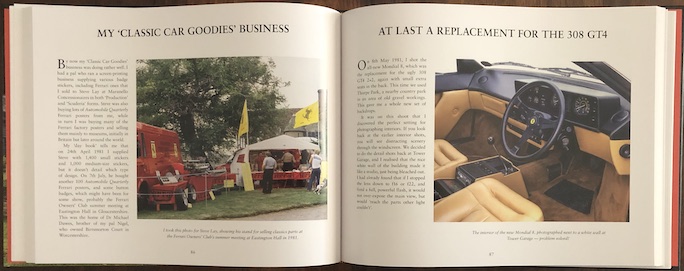
The text consists of separate unconnected vignettes, often as short as these.
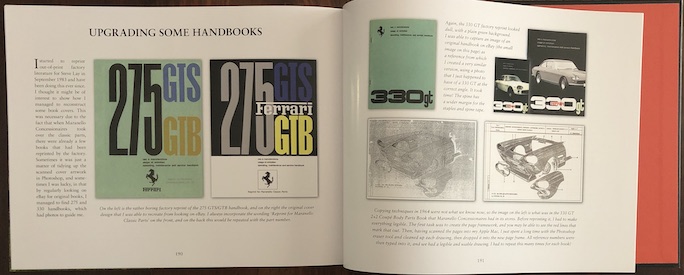
In 1983 Bruce started reproducing Ferrari factory literature on behalf of Maranello Concessionaires and now Maranello Classic Parts, aka MarParts. As far as he is concerned, he is “the only licensed reprinter” but acknowledges that there are illegal copies going around. He also produces engine compartment stickers and the like.
Even after starting in 1971 to freelance for Maranello Concessionaires (which he continued until 1994 when new owner Inchcape “booted him out”), Bruce kept his own studio going, doing insurance and real estate photography—and surely there is a symbiotic aspect in play here that enabled Bruce to zero in on what made a Ferrari stand out right from the start when he himself was tooling around in a “terrible but practical” Austin 1000 estate. (Quick sidebar for architecture hounds: “The Tower” that the text refers to frequently is the Tower Garage Art Deco building designed by Rix & Rix in 1937 that Maranello Concessionaires leased from 1967 on.)
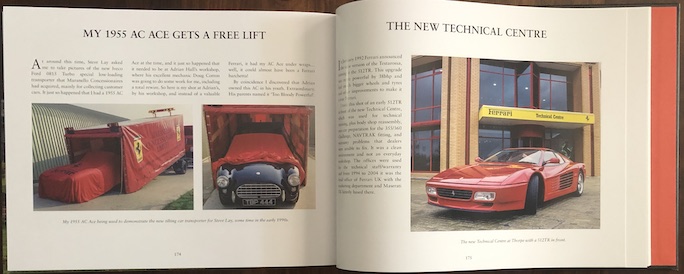
From one extreme to the other . . . that lowly Austin estate in time became a very respectable 1955 AC (left page), here hitching a ride on Maranello Concessionaires’ new transporter! Note the letters on the license plate: TBP stands for Too Bloody Powerful, a holdover from the previous owner (in the UK, registration plates normally remain with the car).
This illustrated memoir is fundamentally an annotated photo album or photo essay. In landscape format, it is in mostly chronological order of assignment, which by extension also means in chronological order of cars since Bruce’s brief was to shoot new cars for press and advertising purposes. For each car he has selected a number of shots and the corresponding text and photo captions discuss particulars of both the cars (often identified by chassis no.) and the respective photos. For instance, he is candidly drawing attention to flaws such as unwanted reflections, doors not fully closed, or bits of kit left in the shot inadvertently. That most photos are b/w was by the client’s request but Bruce often also snuck the occasional roll of color film in because he was building his own photo archive.
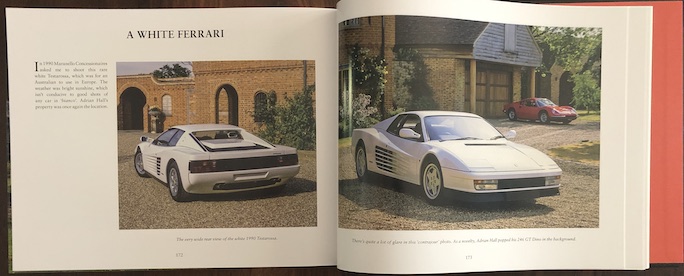
If you are the photography newbie that Bruce too once was—baffled by f-stops and film speed, lenses and light meters—you’ll find his commentary pertaining to technique and equipment instructive. And lest you forget, there was no Photoshop when he started; it is especially interesting to see how he, in some cases, is able to improve old negatives with modern tools.
Copyright 2024, Sabu Advani (speedreaders.info).


 RSS Feed - Comments
RSS Feed - Comments
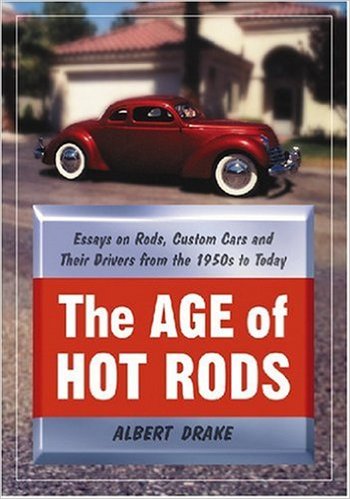
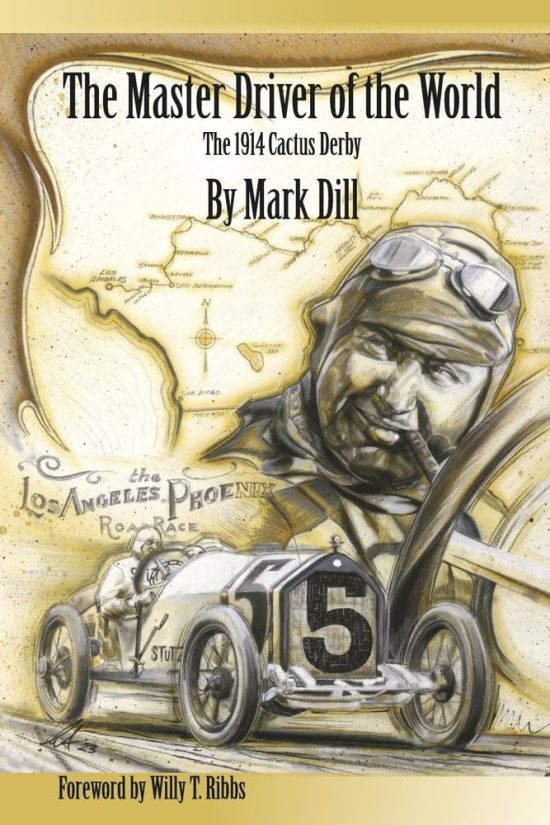
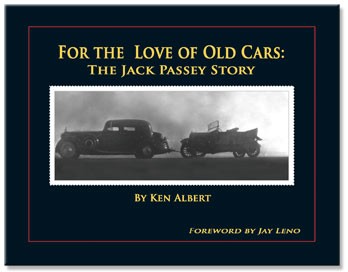
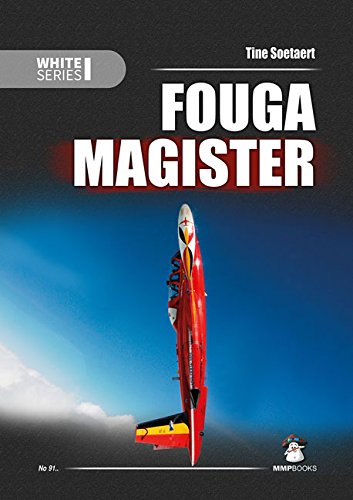
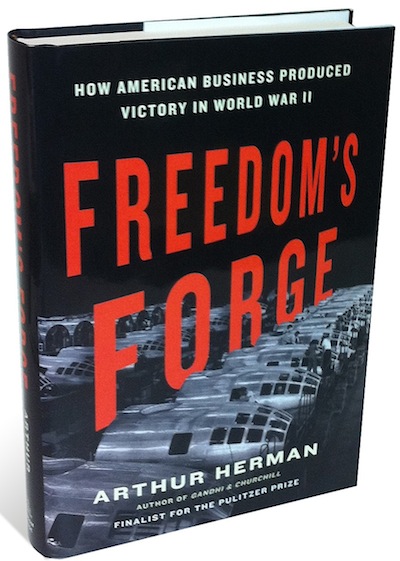
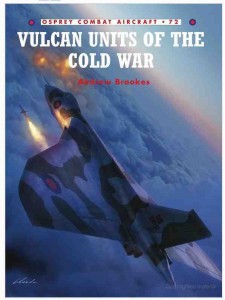
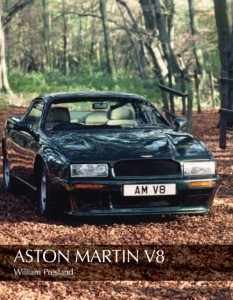
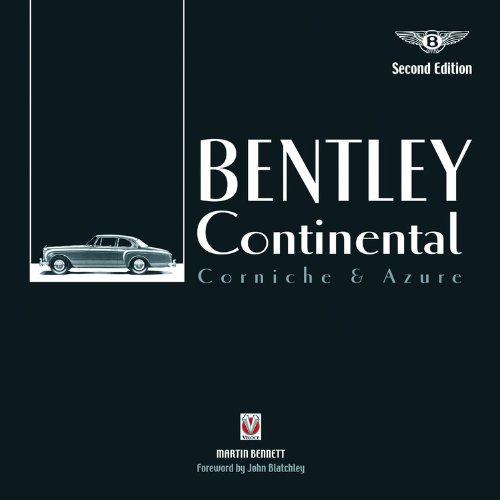
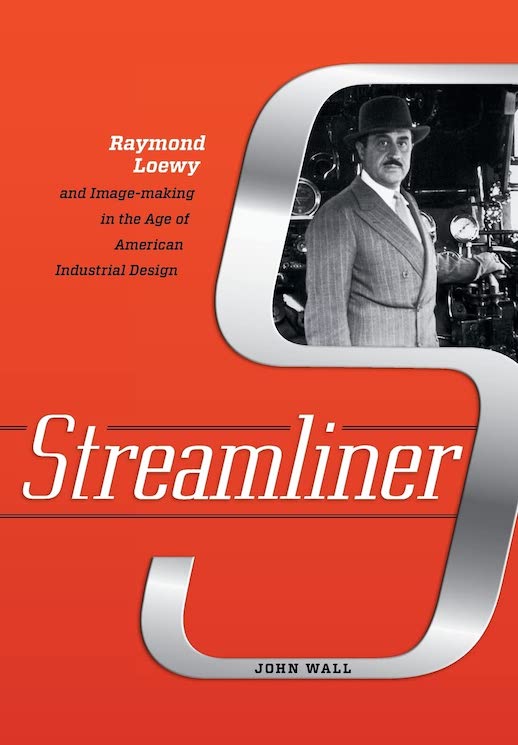
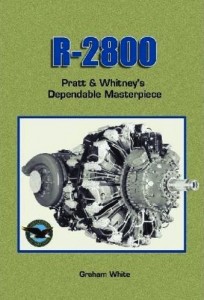

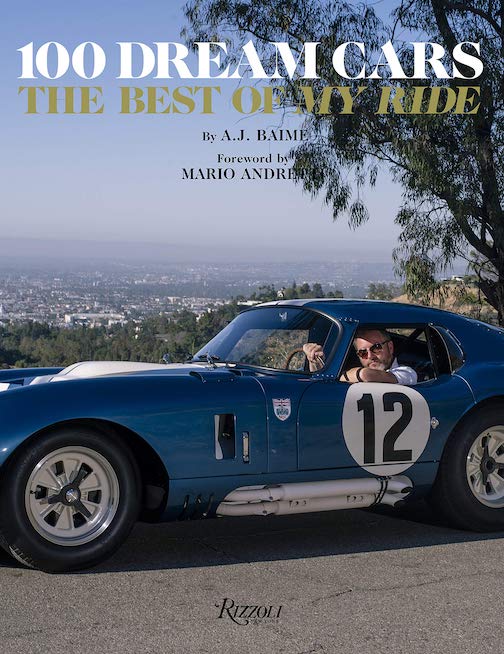
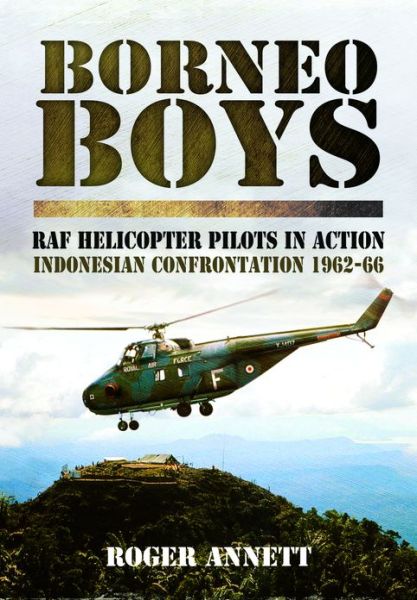
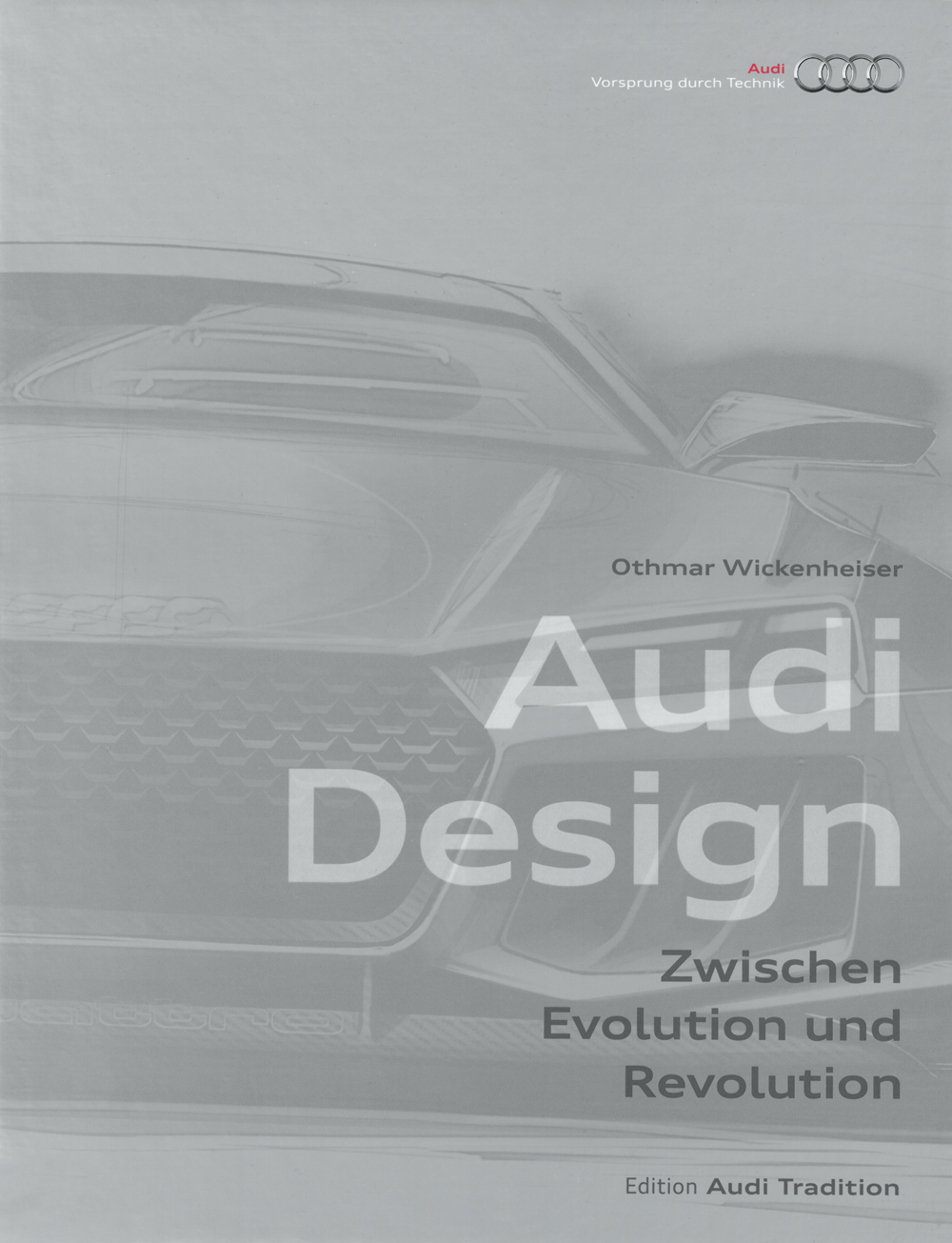
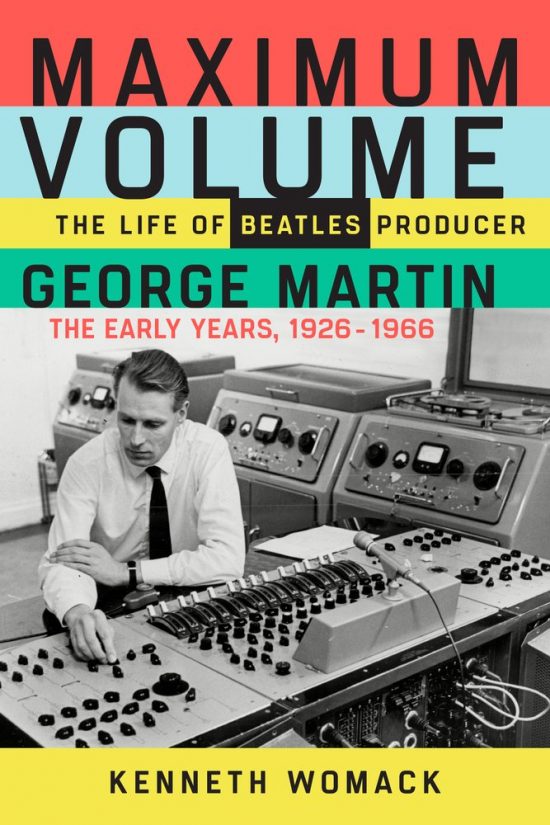

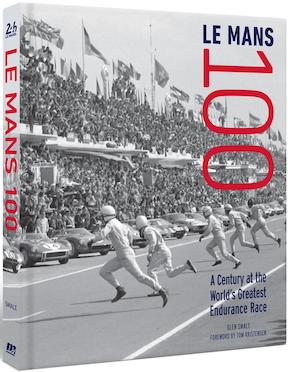
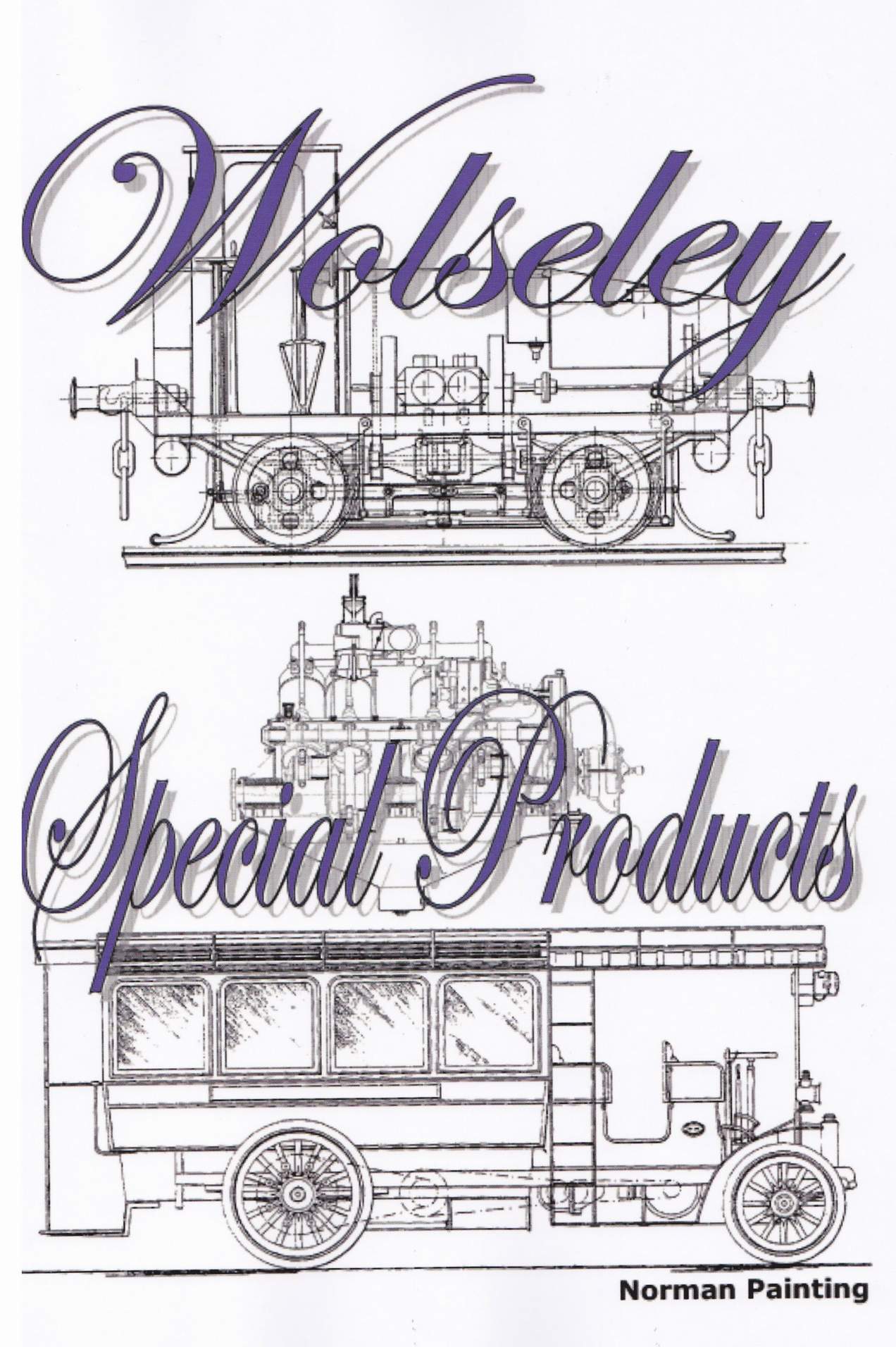
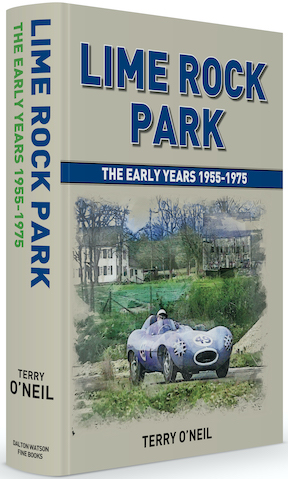
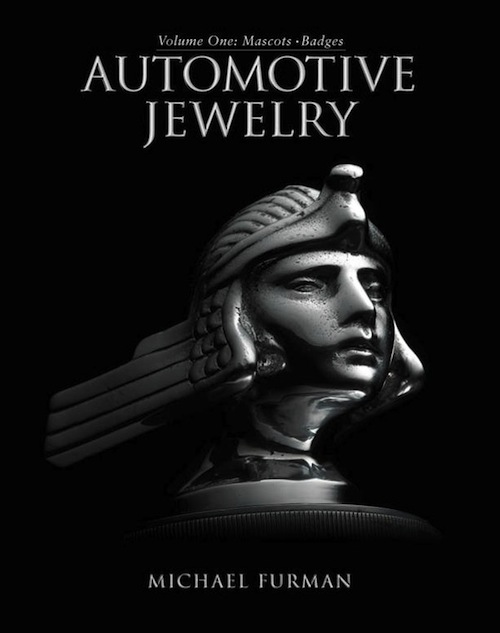
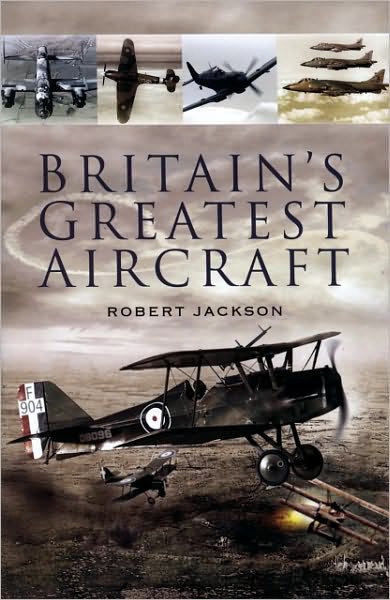
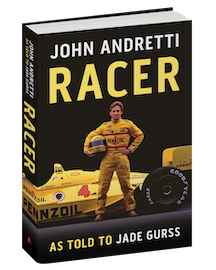
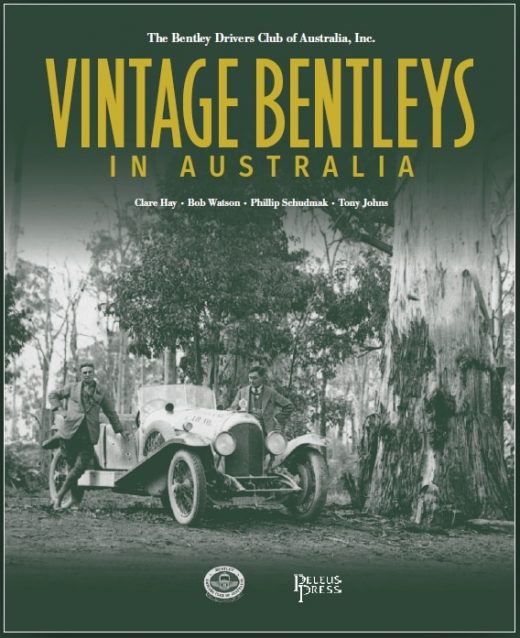
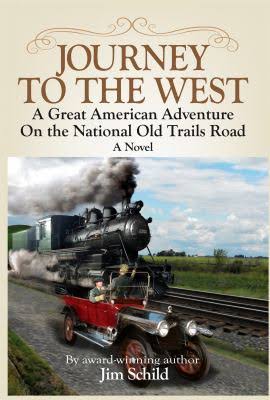
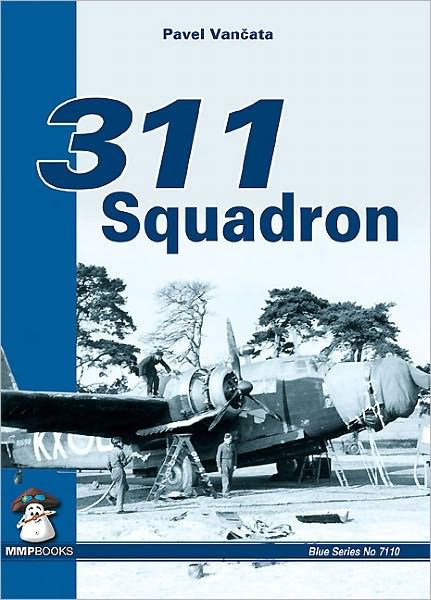
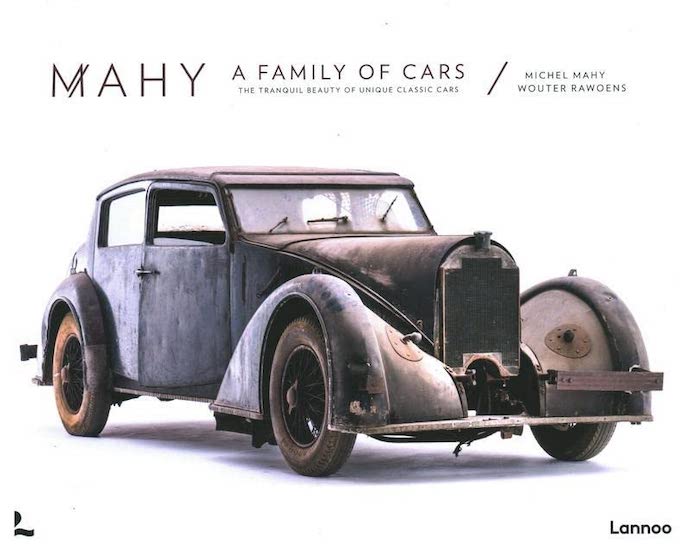
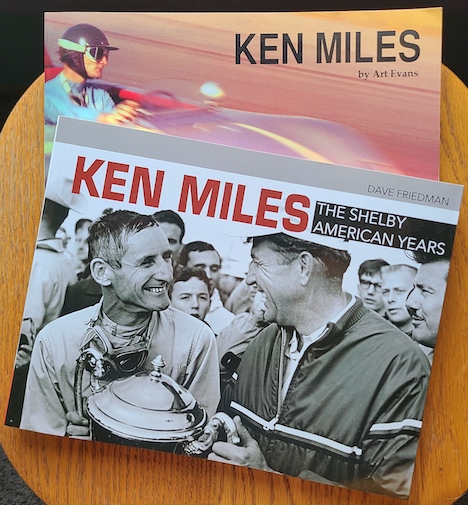
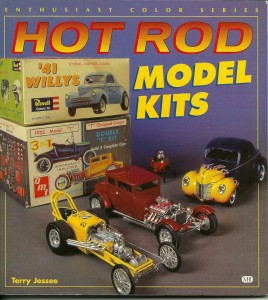
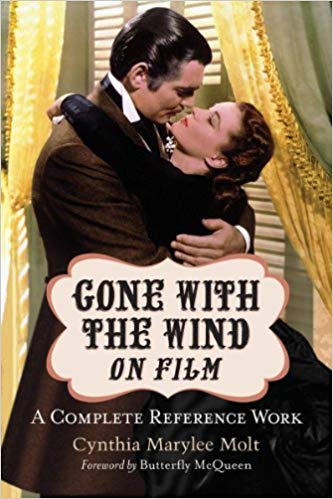
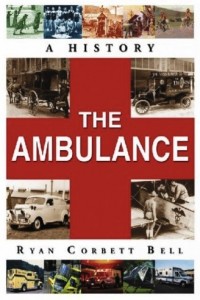
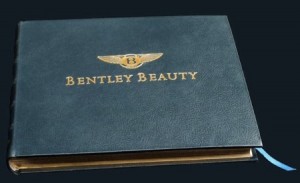

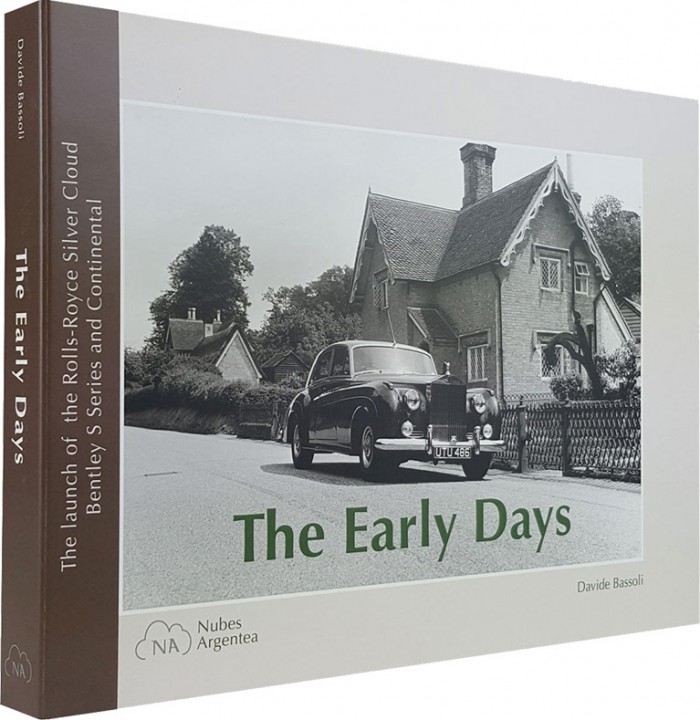
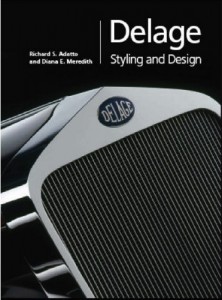
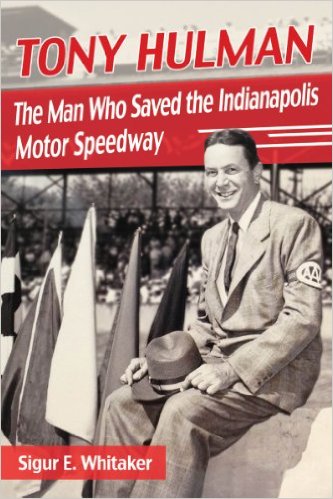
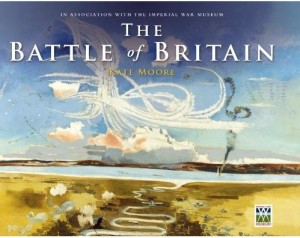
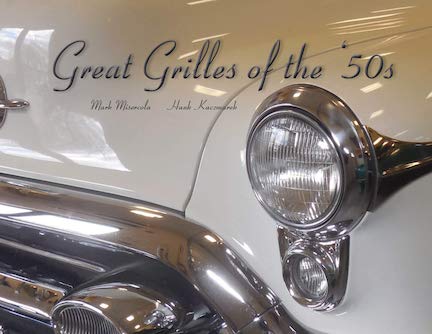
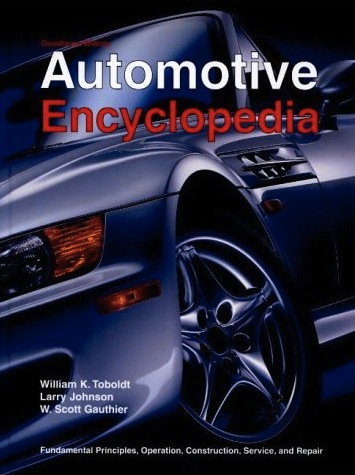
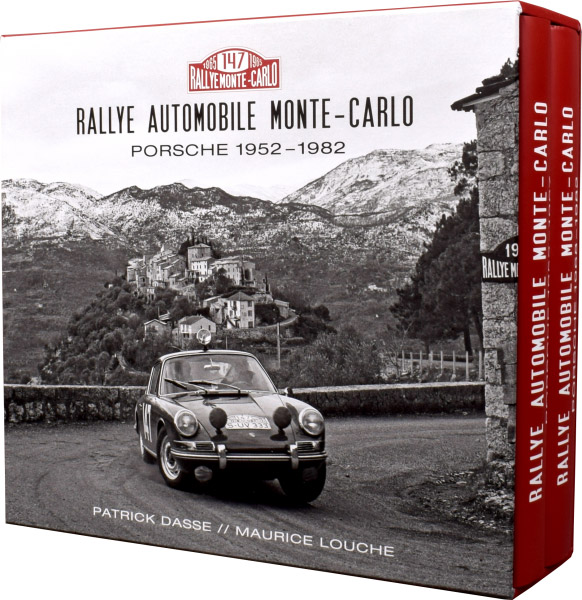
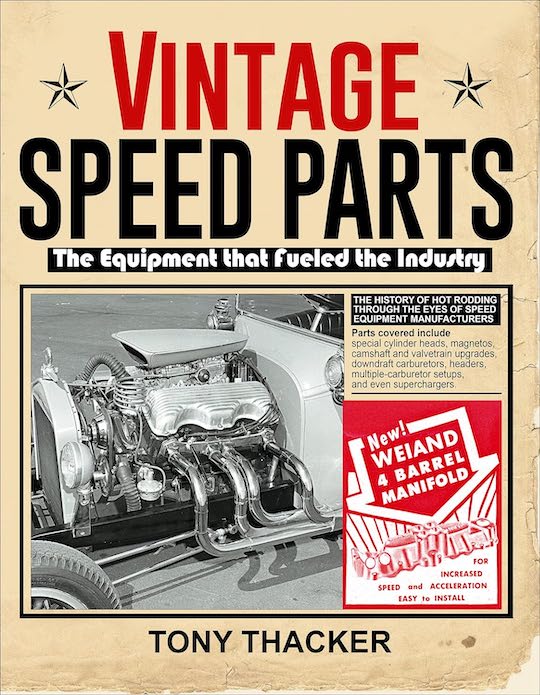
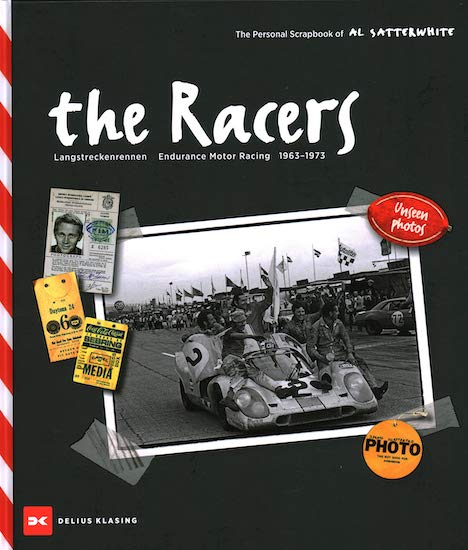
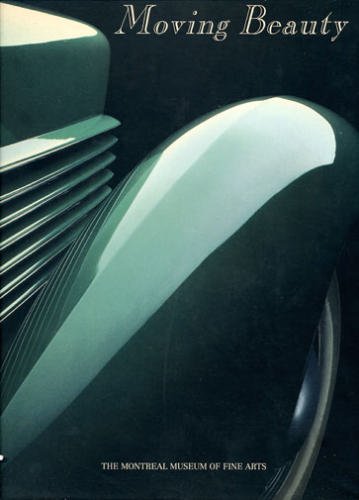

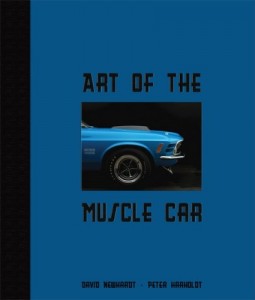
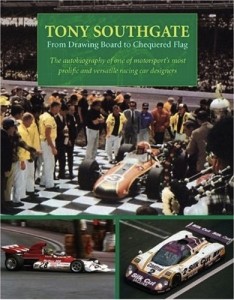
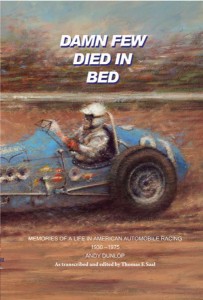
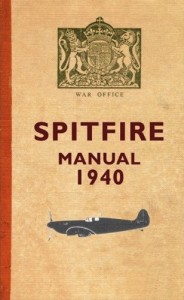
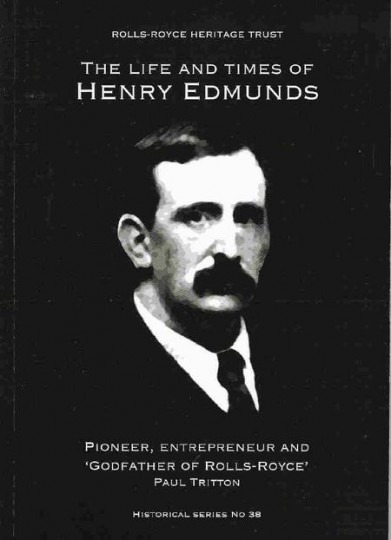
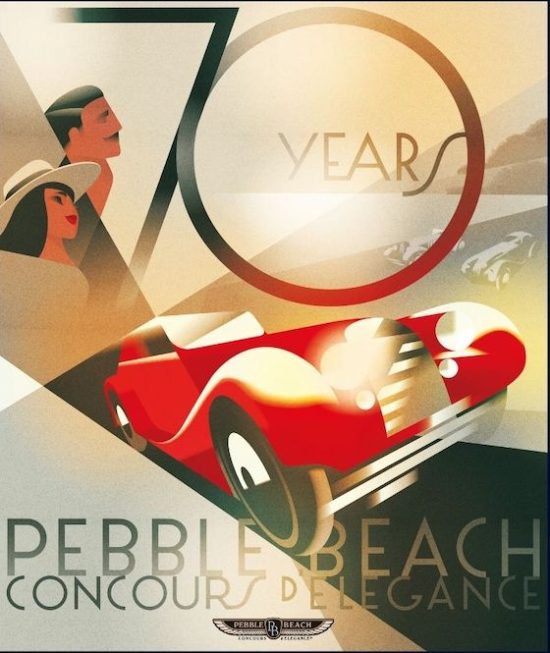


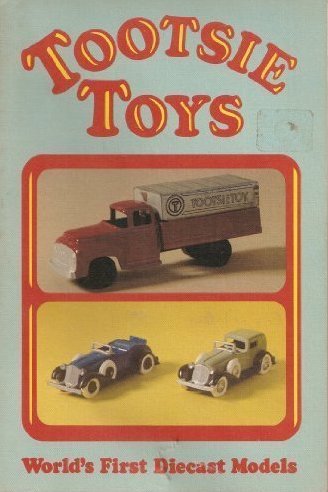
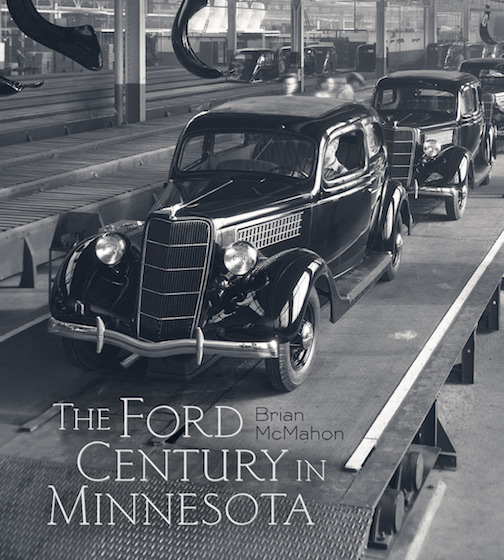
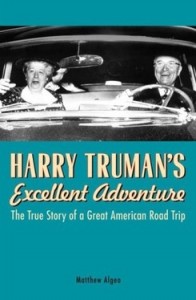
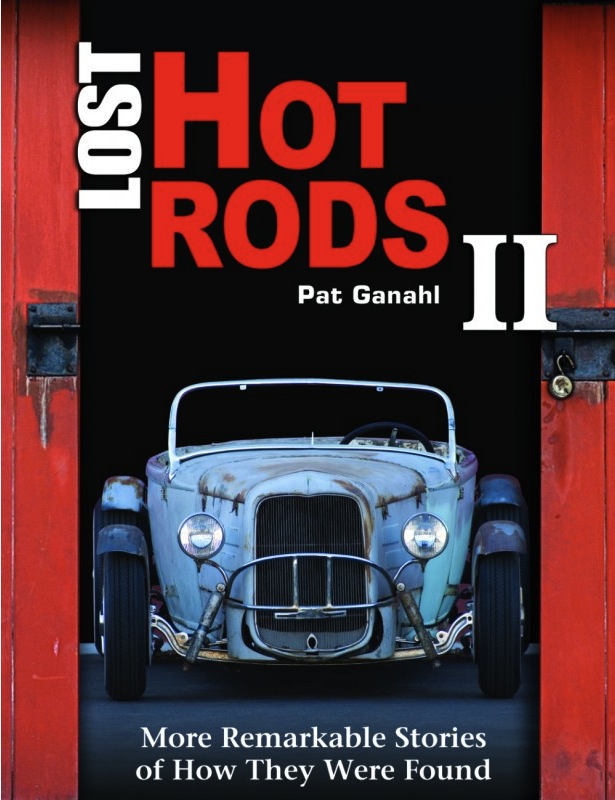
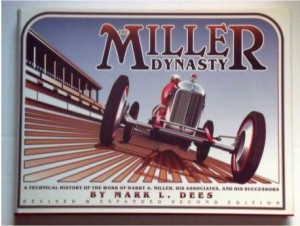
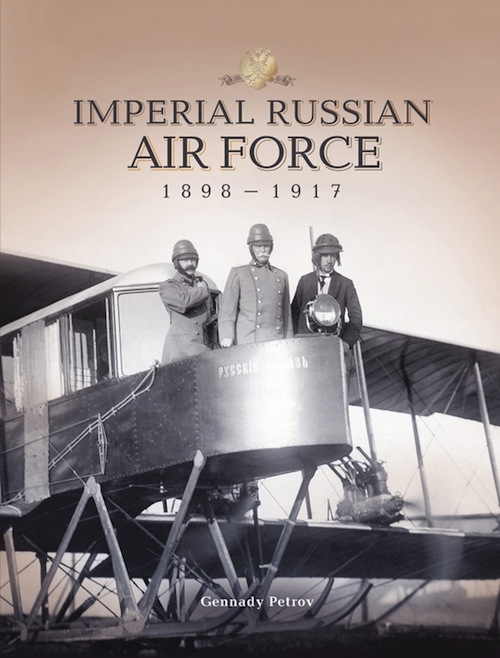
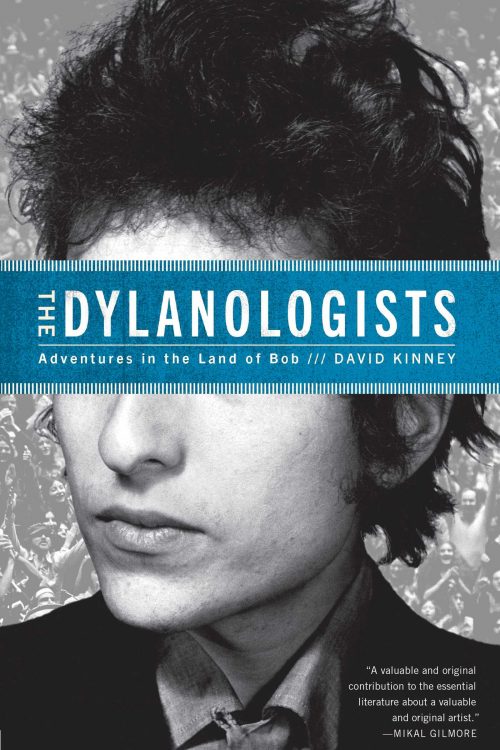
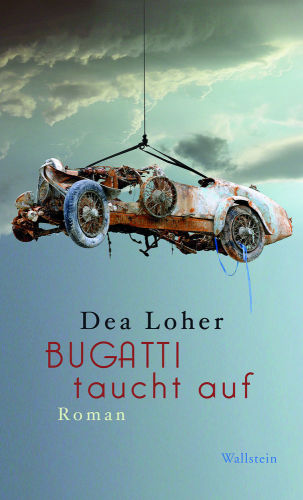
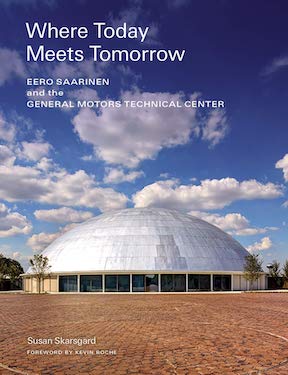
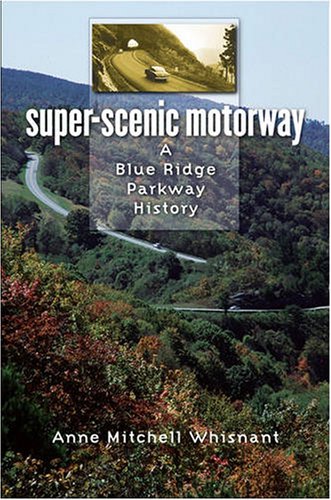
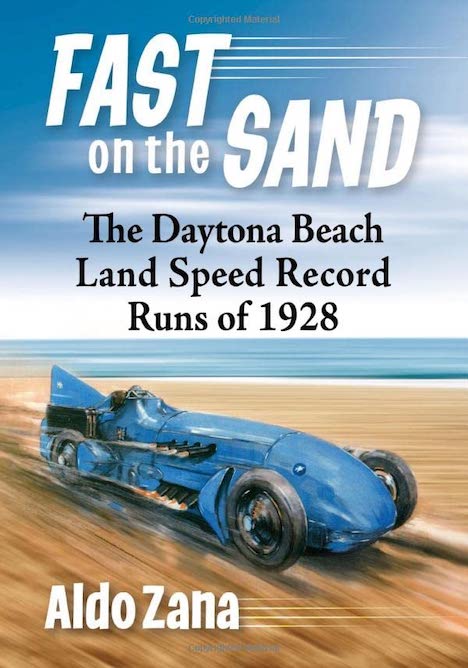
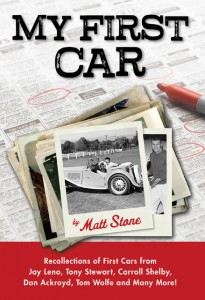
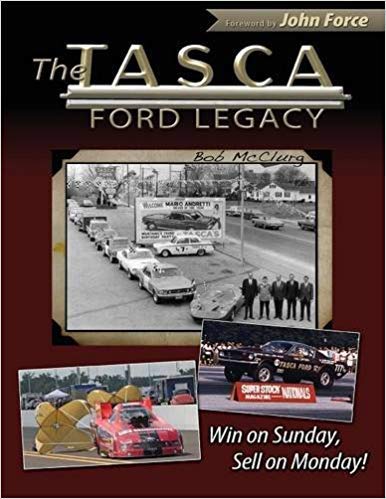
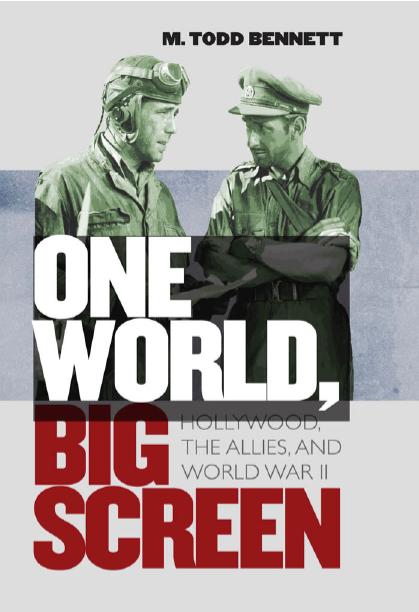
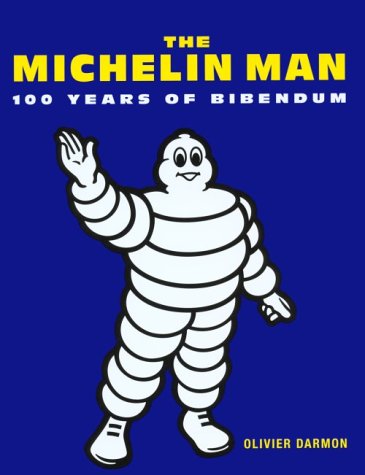
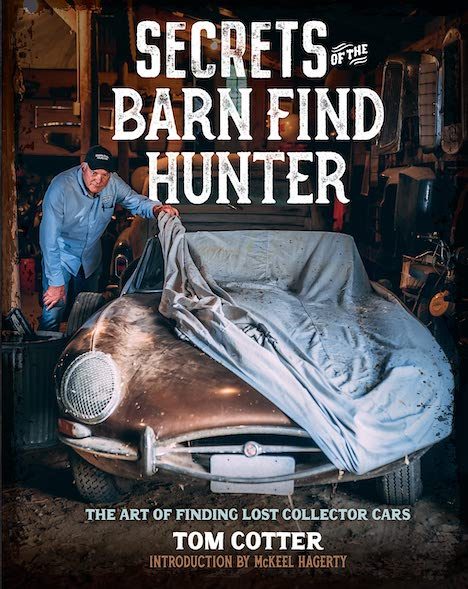
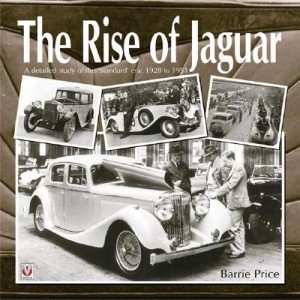
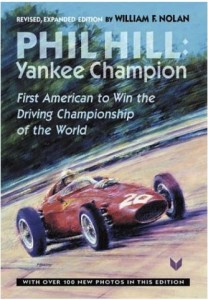

 Phone / Mail / Email
Phone / Mail / Email RSS Feed
RSS Feed Facebook
Facebook Twitter
Twitter
Many thanks for the most generous review, Sabu. For your information, the Colonel’s racing activities were covered by the famous author Doug Nye’s book The Colonel’s Ferraris, Maranello Concessionaires’ Racing Team but that’s long out of print… [Ampersand Press, ISBN 978-0906613023]
Kind regards,
Neill